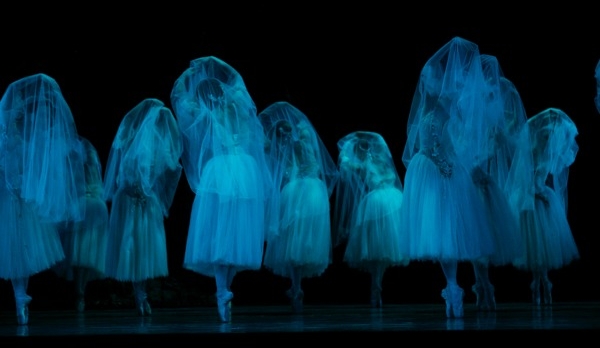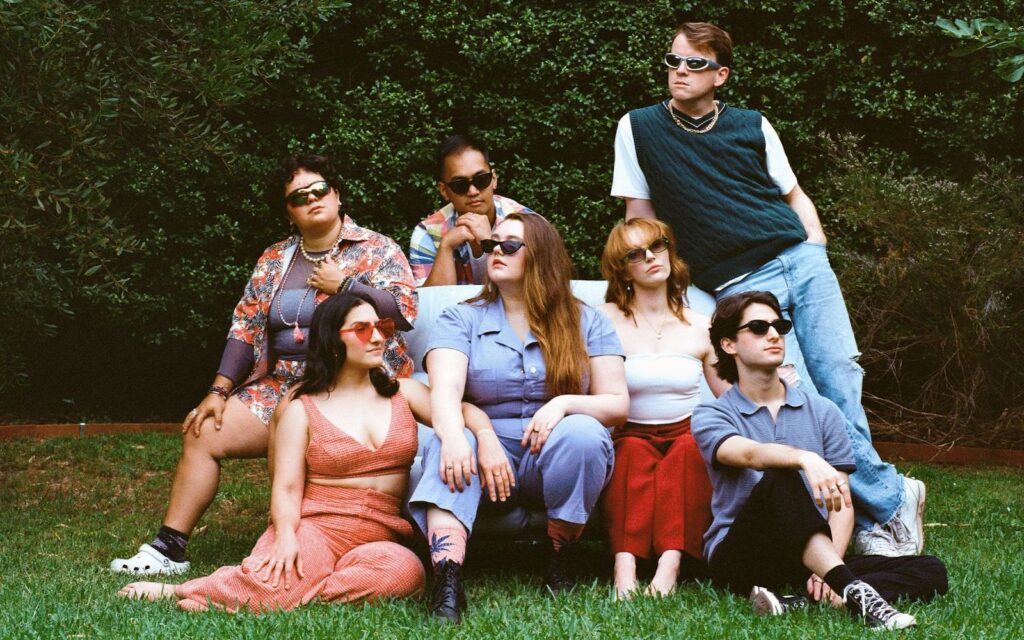Giselle premiered in 1841 and has been one of the world’s best-loved ballets ever since. “This ballet is one of my favourites of all time,” says King-Hall. “It’s the traditional romantic ballet, up there with Swan Lake. The role of Albrecht, is rewarding; the character goes through a lot. Not every role you perform has that many dimensions. It’s a role I’ve wanted to perform for a very long time.” King-Hall has performed in Giselle before but as a lowly peasant, something he remembers as having helped give him a unique way ‘in’ to the dance. “Back in 2006 I performed in Giselle; I was one of the peasants. You get a different perspective from back there on stage; you’ve got the best seat in the house. I draw on those memories with my own interpretation. There are different ways to approach the role. You could see Albrecht as wanting to avoid the pressures of the nobility and of his arranged marriage. By the end he could be genuinely in love with Giselle. Or you could see it as a man who’s in it for fun and didn’t know the danger. Act II is his redemption; it’s a powerful transformation of the character. That’s the great thing about ballet, that freedom for interpretation. The steps are set in stone, sure, the choreography is what it is, but there are slight differences with interpretations. There’s an artistic side for you, personally, as a performer when it comes to your own acting.”
The company is enjoying the presence of former artistic director Maina Gielgud (artistic director of The Australian Ballet from 1983 —1996) while they prepare for staging Giselle. “It’s been in our repertoire since she was the director,” notes King-Hall. “It’s her version we do, her styling. It’s fantastic that Maina is here, she’s here with us in the room, she’s working with us, working with us to stage the production. She’s sharing her insight; she’s been very giving in rehearsal, and is open to individual responses from each of the couples in telling their own story.” (The lead roles are shared between four principal dancers).
King-Hall has been dancing since the age of seven. He grew up in rural New Zealand, in a small town north of Auckland called Warkworth. Not an environment you’d immediately expect to foster a principal ballet dancer. As a boy, how was it for him wanting to be a ballet dancer? King-Hall was fortunate in his family; he had enlightened parents. “My parents have an athletic background; I fell into it,” he says. “I was lucky: when my mother found I wanted to dance she took me to ballet school, she started taking me to see The Royal New Zealand Ballet. For some kids it’s still hard,” he adds. “Ballet is not as institutionalized for guys as it is for girls, as a choice it’s not as cut and dried for boys. Most little girls have a moment where they want to be a ballerina. Guys find their way to ballet by accident, by going along to their sisters’ classes or going along with a friend or hanging around with their sisters. Every guy’s got a different story. But dance is a lot more mainstream now – there’s a lot more dance and it’s got more of a public profile. People understand that you can’t have ballet without the pas-de-deux (couples), that the male dancer is an integral part of it. You have to have guys doing it. I’d encourage as many guys to take it up as possible.”
Did he always aspire to join The Australian Ballet? “I grew up watching The Royal New Zealand Ballet. I didn’t know a lot about the Australian ballet. I was looking to make ballet my career. The Australian ballet is a prestigious company, so I turned my sights across the Tasman.” It’s a hard choice for a young man. “At the back of my mind I knew I’d have to start making sacrifices and give more time to dancing. If you’re passionate about something you fight for it. It’s a tough career. Not an easy pathway. Especially once you become professional.” Does King-Hall need to follow any particular regime to look after his body? “You can’t dance day in day out without taking care of yourself, it’s too difficult, there’s too much stress on the body,” he emphasises. “I’ve had to learn to listen to my body. It took me a bit longer than it should have. You don’t get to this point without understanding that – I’ve spent enough time in serious injury rehab to know how it feels not to dance, to face a future of not dancing.”
BY LIZA DEZFOULI







